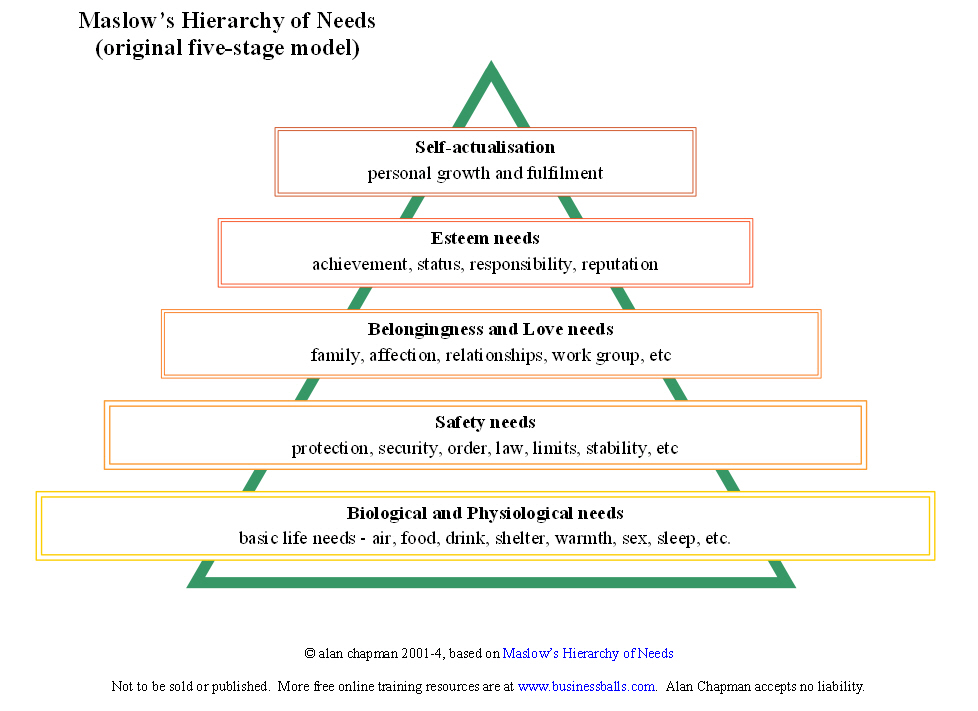So many out-of-date tools, poor workstation design, work design, so on and so forth.
Know what really helps? Invest in your labour and let them have a say in work and workspace design. What tools are going to work best for them? Instead of cutting salaries to buy equipment and more marketing, give individual employees tech budgets and some parameters - they'll have the toys, the investment and as a result will add value. When they live and love what you do, they become your best salespeople (in how they do their job and how they post about it online).
We’ve been talking about BYOD on several blogs, from a policy, people and technology perspective since quite some time. BYOD is increasingly getting debated in enterprise content management (ECM), collaboration, marketing automation and marketing/business in general too. It’s again one of many reasons why it’s more than time to reconnect business and IT for intelligent information management and beyond.
BYOD (short for Bring Your Own Device) is just one aspect of the whole so-called consumerization of IT phenomenon and it’s certainly about more than just devices
(the D in BYOD) as we can see in the multitude of new acronyms popping up. So, why does it matter a lot in enterprise content management and collaboration?
For starters, the first step towards drafting a good BYOD policy is aligning an unstoppable reality (even if a business does not allow workers to use personal devices at work or for work purposes, they’ll do it anyway), business goals (with the many possible benefits of BYOD) and an IT strategy, possibly completed with HR goals, etc. If you take a look at the business goals that can be served by BYOD, you’ll notice that most of them essentially are about content and access to it – individually and within groups (collaboration…).
At the occasion of his
analysis track keynote at Global Directions 2013 later this month in Washington D.C.,
as previously mentioned an event we support, John Mancini, President of AIIM says, I quote:
“The workforce has become increasingly mobile…there is also an increasing expectation by customers, suppliers and partners that business be conducted in real time…as a result, 46% of users need to share documents and content with project groups inside and outside the firewall”. Mobile and real-time business and information needs driving the way content and documents get shared indeed.
What we can learn from mobile CRM: the context of enterprise content management
The consumerization of IT, BYOD and the more general BYOx (Bring Your Own Anything) as Ovum calls it (e.g. apps, social, storage etc.) has played an interruptive role in business and marketing before. The adoption of mobile CRM, for instance was, among others, driven by the demand of mobile workers (sales reps, marketing execs, etc.) and the increasing use of smart mobile devices by those workers.
The positive impact of mobile and BYOD in the CRM area is known with research clearly showing organizations using mobile CRM properly
leading the pack regarding sales (enablement). At the same time there is a lot to learn from the fact mobile CRM adoption was mainly worker-driven. Especially as one of the key reasons for this demand was all about having the right information (customer data, product information, social data and different types of documents and content) at hand at the right time and place.
It’s from this information and content viewpoint that BYOD often should be seen. BYOD is happening and each business needs to find the right equilibrium between flexibility, involvement, centralization, distribution, security and management. But, no matter how you turn it, essentially BYOD often is really about content and information. That’s why a BYOD policy should look at how workers can be empowered to have access to the business content and tools (collaboration, for instance) they need on one hand and how to manage that information (risks of loss, personal content silos, deleting information when needed, etc.) on the other.
Avoiding unmanaged data and content silos: mobile ECM
The risks of data fragmentation and personal content silos are real. And so are the benefits of BYOD from a content and information perspective. Let’s face it: if access to content is not easy or not adapted to the reality of the increasingly mobile worker and the context of the devices we do use, it won’t be used the way we want it. People want access to business content and data using their mobile devices. Beyond the firewall too.

When it doesn’t happen the content either sits there without being optimally turned into action or people just start building their own mobile content repositories in the cloud using easy tools, accessible anywhere anytime. The rise of the mentioned personal content silos and containers shows it as in
the Huddle research I mentioned a while back. And it’s not just the vendors noticing it. Organizations see it as well. Earlier this year
AIIM found 30% of research respondents “are seeing increasing use of unofficial cloud content management and file shares”. Decentralization is OK but it needs to be managed and combine flexibility with management.
More data
(from SkyDox, now
Workshare), based on a survey with AIIM, (see infographic below):
Vendors of enterprise
content management solutions add access to mobile devices and mobile ECM is there. Even if some mobile management solutions offer content capturing, storing and sharing possibilities, it’s increasingly clear the ECM market has a role to play and often plays.
Enterprise content management in general is moving from document and content management and capturing to making the content available across multiple channels and devices, including mobile.
The collaboration dimension: connecting content, documents, people and mobility
Furthermore it’s not just about ECM in the strictest sense but also about (content) collaboration.
Social business de facto is mainly about collaboration. And collaboration is mainly about content and information.
Social and other collaboration systems also are moving towards mobile environments with storage and document features, accessible via mobile devices. Just look at the latest version of Microsoft SharePoint, for instance. Or at social collaboration pure-players and file sharing/storage/collaboration tools, even in the consumer space. At the same time (mobile) ECM providers offer mobile collaboration features and several collaboration vendors (like Workshare) have or add features in the area of Mobile Content and Collaboration providers.
Things are getting connected. Just as business functions and people are. The link between consumerization and BYOD on one hand and the changes in the ECM and collaboration landscape are clear. Just as BYOD has an impact on ECM and collaboration vendor offerings, BYOD user needs increasingly are about file sharing, mobile access to ECM, collaboration and a friendly yet full and thus integrated/connected experience.
A word on BYOD and marketing
It happens in content management but also in business applications and marketing systems such as
marketing automation. I guess it’s not a coincidence the people at marketing automation vendor Marketo recently
blogged about BYOD.
With the mobilization of content and the workforce, productivity and efficiency gains are probably more visible in the content space than anywhere else.
And in the end it always boils down to the same: right information, right time, right place. Or connecting people, data, content, behavior, technology and business.
The consequence of not doing it: fragmented data, information security risks and content silos. Oh, and for marketers looking to get their subject matter experts ‘doing content marketing’ and interacting more with each other and customers via social channels: guess which devices we increasingly use to share content and interact? Indeed. Maybe it’s time to look at a BYOD program?





















